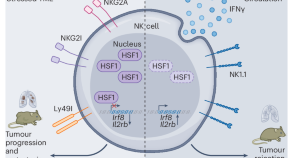
Cell signalling is the mechanism by which stimuli are transmitted via a signalling cascade to effector molecules that orchestrate the appropriate response. Types of cell signalling pathways include checkpoint signalling, lipid signalling, growth signalling, nutrient signalling, insulin signalling, stress signalling, morphogen signalling, Hippo signalling, TOR signalling and integrin signalling.

The tumour microenvironment propagates stress responses in resident cells. In tumour-infiltrating natural killer (NK) cells, the HSF1 transcription factor binds to mediators of effector function, negatively regulating NK cytotoxicity. These findings provide important mechanistic insights that may enhance NK cell cancer therapy.
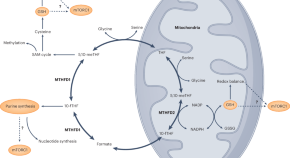
Dynamic metabolic signatures underpin B cell function throughout development, maturation and differentiation. Germinal center B cells rely on MTHFD2-driven one-carbon metabolism that is dependent on antioxidant availability, purine synthesis and mTORC1 signaling.
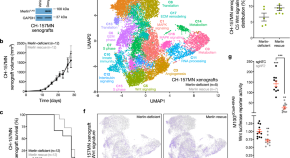
The molecular mechanisms underlying merlin-intact meningioma growth remain to be explored. Here, the authors show that merlin activates Wnt signalling and tumour growth through its dephosphorylation on serine 13 attenuating the inhibitory interactions with β-catenin.
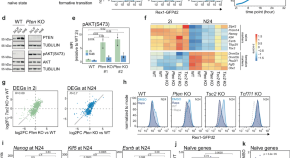
While the core regulators involved in maintenance of naïve and formative pluripotency have been described, less is known about the regulation of the transition between the two states. Here they show that FoxO transcription factors mediate the naïve to formative pluripotency transition and are regulated via AKT phosphorylation.
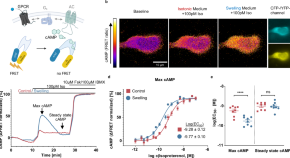
Osmotic swelling alters the local membrane environment, activating several GPCRs. Here the authors show that osmotic swelling enhances ligand-dependent signalling of β2-AR: this suggests regulatory mechanisms for GPCRs via their biophysical context.
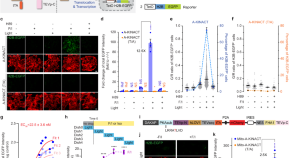
Real-time biosensors have been developed for visualizing kinase activity dynamics, but they are confronted with many challenges. Here, the authors develop a light-gated KINACT integrator for post hoc analysis of transient kinase activity and signalling manipulation.
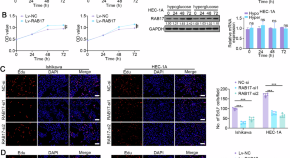
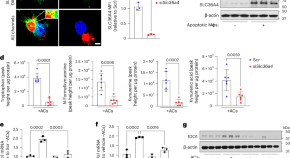
Sukka et al. delineate a metabolic pathway in macrophages that involves tryptophan uptake and metabolism to drive efferocytosis and subsequent resolution in the context of inflammation.